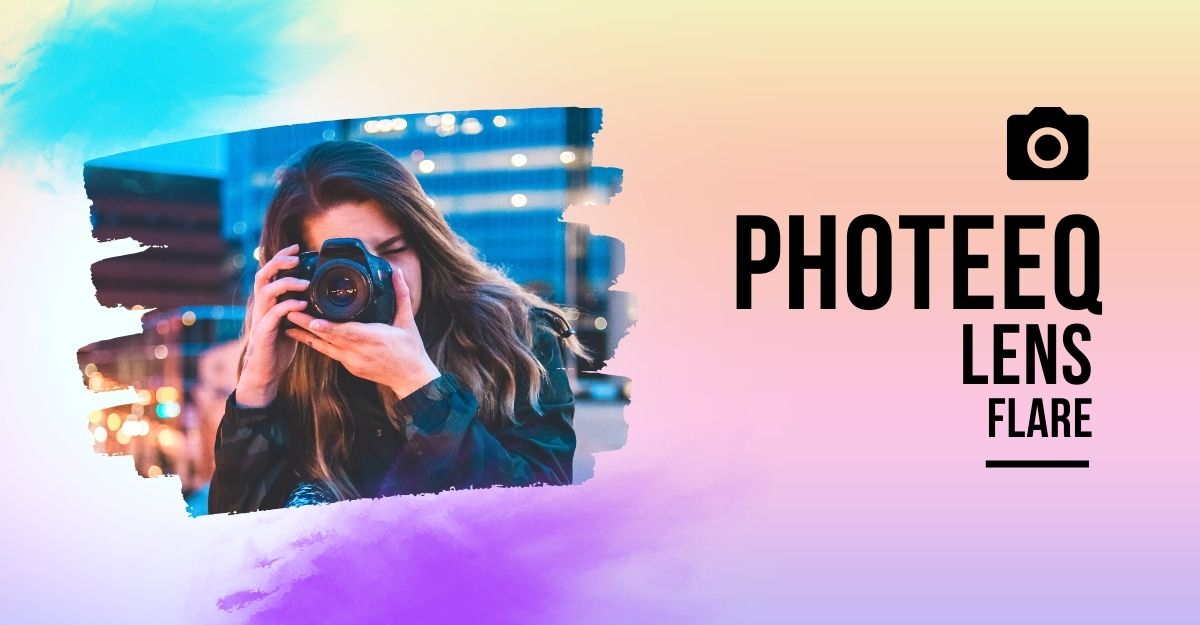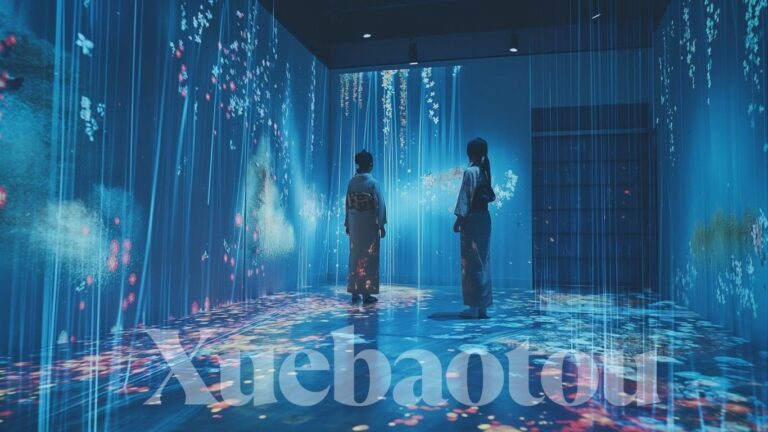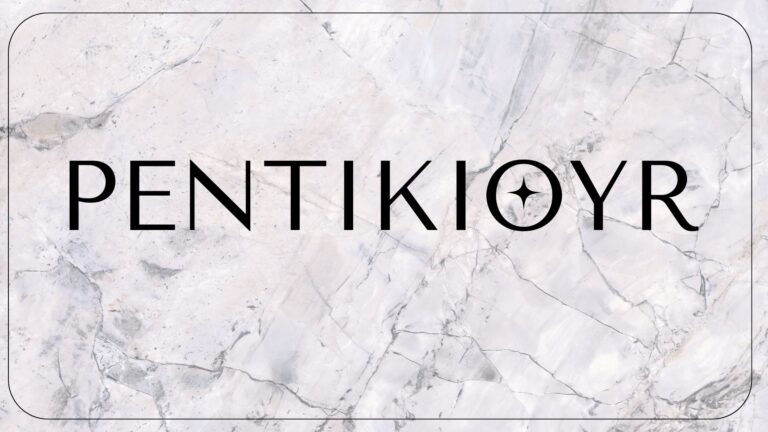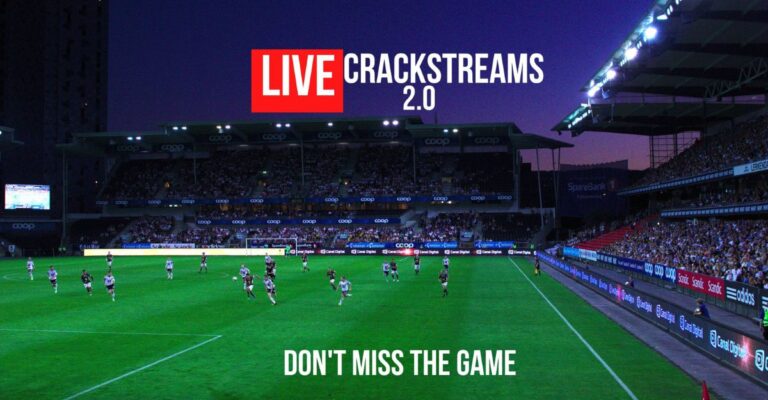Mastering Photeeq Lens Flare Effects in Photography

Unexpected shine from photeeq lens flare transforms commonplace photos into works of art. However, adjusting that glow frequently requires using the Photeeq lens flare plugin’s delicate adjustments. The secret to reliable, imaginative lighting effects lies in those controls. Many photographers bypass these settings in favour of default presets, which may result in strange distortions or streaks. Have you ever questioned why your photeeq lens flare can occasionally appear more distracting than dynamic?
Gaining knowledge of the photeeq lens flare settings empowers you to consistently create a dependable glow. It expedites your editing and avoids random artefacts. If you know how, you can create deliberate light leaks and ghosting instead than unintentional blurring. Your final photos will reflect your creative vision thanks to its sharpness. Let’s examine how becoming proficient with these aspects might improve your work.
What Is Photeeq Flare?
A digital effect plugin called Photeeq Lens Flare is used to mimic lens light artefacts. It simulates how light reflects within a lens of a camera. Without complicated optics, users can create illumination, rings, and streaks. For real-time previews, the tool connects with the majority of editing programs. It provides a creative shortcut for photographers.
Flare position, colour, and brightness may all be adjusted using this plugin. You can draw your own flare beams or select from pre-made shapes. You can also change the strength and blend mode. Basic filters are not the same as that amount of control. More realistic-looking light effects are the end result.
Layering graphics on your image is how photeeq lens flare operates. It masks portions of the image using alpha channels. The scale can be adjusted to accommodate various focal lengths or lenses. Ghosting modes are also included in the plugin for realistic reflections. Light sources are followed by these digital ghosts throughout the frame.
It’s easy to install. After downloading the plugin, place it in the plugin folder of your editing program. To view the updated effect, restart the application. photeeq lens flare can then be accessed via the effects menu. Other than your computer and camera, no more hardware is required.
Common Flare Problems
A lot of users encounter strange photeeq lens flare artefacts. Bright halos may be visible, obscuring important subjects. In odd places, ghost reflections can show up. Default settings that are left unmodified are frequently the cause of these problems. You lose control of the final appearance if you don’t make any adjustments.
Colour changes are another issue. Flares that are not controlled may turn red or blue. The original colour scheme of the picture is in conflict with that change. Although they are helpful, Photeeq’s colour temperature settings are simple to overlook. A tiny dial can create a distracting neon ring out of a blue glow.
The flare origin is frequently misplaced as well. The glow appears artificial if the effect is positioned off-screen or at an incorrect angle. It instantly destroys the realism of the picture. The flare centre should always be connected to the real light source. The proper focal point can be seen with a simple preview toggle.
Spikes in intensity are another problem. Excessive brightness might make your topic look flat. In the flare area, some photos become overexposed. To blend the flare in organically, use settings that are mild. Most overdone effects can be fixed with a 5% slider adjustment.
Adjusting Flare Settings
To get consistent flare, follow a simple routine. Each step builds on the last. This keeps your workflow neat. Here is a basic guide.
- Open your photo in the editor and apply the Photeeq flare effect.
- Select the main light source and place the flare center at that point.
- Adjust intensity: start at 20% and increase by small increments.
- Set color balance to match the ambient light in your scene.
- Fine-tune ghost patterns with the ghost map selector.
- Scale the flare size to fit the image dimensions.
- Use the blend mode to soften edges or add contrast.
After these steps, preview your effect. Tweak brightness or color once more if needed. Zoom out to see how the flare sits at full scale. Small tweaks at this stage prevent redraws. Always save your custom preset for future use.
While this routine covers most scenes, photo context matters. Flare for a sunset will differ from a studio shot. You might need to lower intensity indoors. Or boost brightness when dealing with backlight. Keep notes on each setting variation.
Creative Flare Uses
There is more to flare than merely a technical effect. In your photos, it can convey a narrative. It can be used to add energy or to guide the eye. When executed well, it blends in seamlessly with the surroundings.
Try blending lens blur with flare. Put the light behind the silhouette of a subject. The shape is framed and given drama by the flash of light. Softly merge edges using a subtle haze filter.
Sun streaks can become a prominent element in aerial photographs. Beautiful sceneries are captured by the newest drone models. Peaks and valleys are highlighted in unprocessed drone footage by applying Photeeq flare. Without additional equipment, you may get a cinematic look.
Separate colour grading of flare is another inventive technique. Separate the radiance and tint it magenta or cyan. A memorable atmosphere is produced by this contrast with warm backdrops. You may make a two-tone photeeq lens flare your hallmark look.
Use video to animate your photeeq lens flare to push boundaries. To move the ghost pieces around the frame, use keyframes. For a dynamic effect, align your motion with the movement. To use on different clips, save the animation as a preset.
Post Editing Workflow
Once your flare is captured or applied, a clean post workflow helps maintain quality. First, review your image on different screens. That reveals flare overexposure or color mismatches you might miss.
Next, use layer masks to refine flare edges. Paint out unwanted areas and soften transitions. This step is crucial when you combine multiple flares. It prevents ghost stacking and color banding.
Then carry out final color correction on the whole image. Flare can shift brightness, so rebalance shadows and highlights. A quick global adjustment prevents the glow from feeling isolated.
Before exporting, check for noise in dark areas. Intense flares sometimes introduce grain. Use noise reduction tools sparingly. You want to keep most of your detail intact.
Finally, pack your edits into a preset. Label it with settings and context notes. You will find this helpful when working on outdoor or sunset shoots. And don’t forget to include key travel details if you shoot on the go. While packing travel essentials, note down your favorite flare settings. This way, you arrive ready for sunlit scenes.
Conclusion About photeeq lens flare
Photeeq lens flare turns mundane photos into visually striking images. Understanding the fundamentals of the instrument helps you steer clear of frequent problems like colour changes and misplaced glow. Consistent outcomes can be achieved by adhering to a precise pattern of placement, intensity, and colour matching. Use it creatively to enhance your visual storytelling with animated video overlays and dual-tone flares.
A flawless finish is guaranteed when you incorporate photeeq lens flare into your post-process. Final colour adjustments and layer masks maintain the effect’s balance and naturalness. Saving your own presets reduces editing time while maintaining consistency in your approach. Learning these techniques improves your work whether you take drone footage, portraits, or landscapes.
Are you prepared to use deliberate lighting effects? Explore the photeeq lens flare settings right now. Try out dynamic motions, colour tints, and ghost maps. Make every beam of light matter with a little practice. Let your photos glow the way you want them to.






